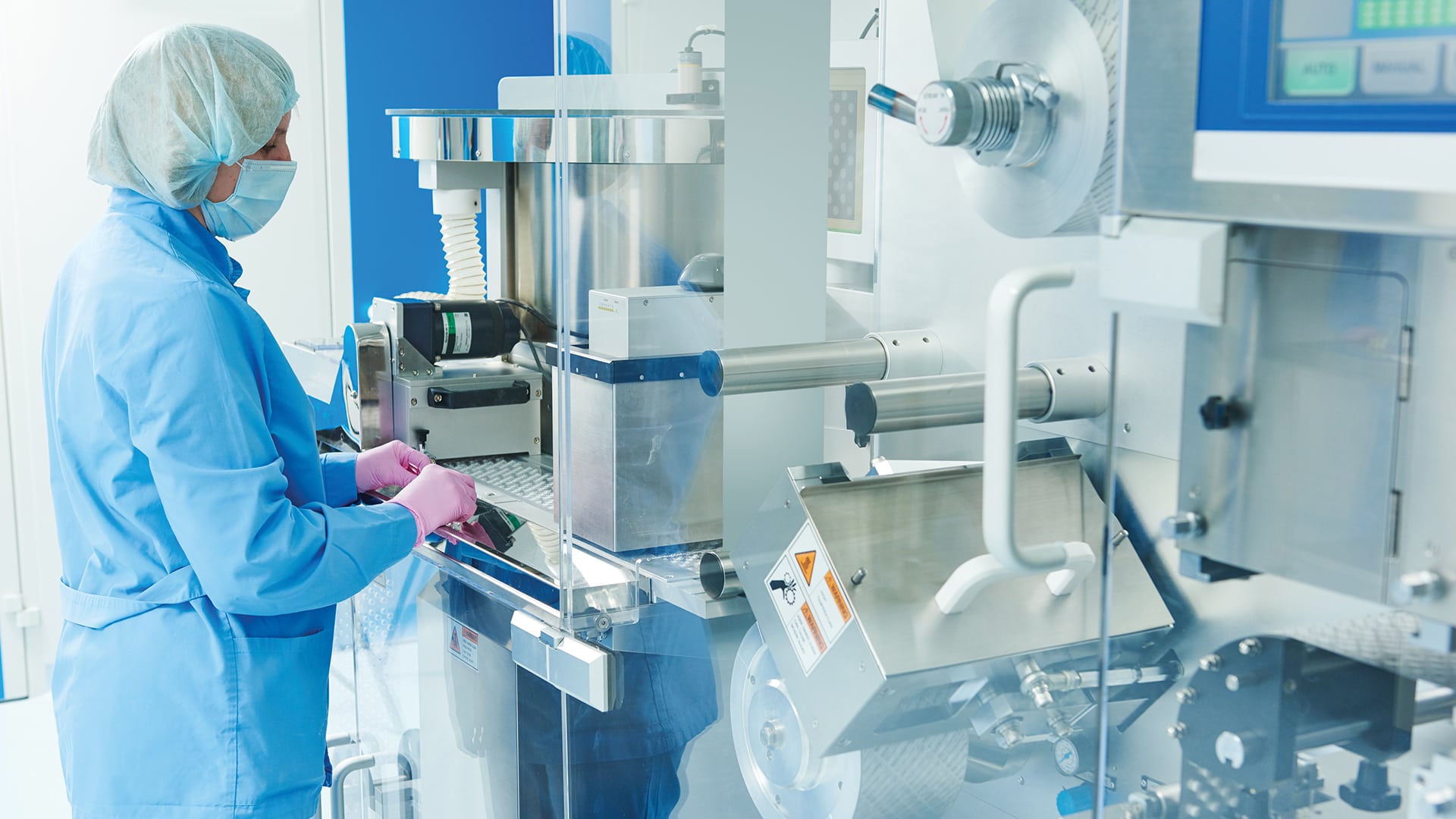Growth in the pharmaceutical filtration market can be attributed to factors such as rapid growth in the R&D and manufacturing of biopharmaceuticals, growing adoption of single use filters, new product developments by key market players, growing filtration scrutiny by regulatory bodies, and advanced development in nano fiber technologies. Despite this, issues such as membrane fouling, and the large capital investment required to set up new production facilities are expected to hinder market growth.
The report Pharmaceutical Filtration Market is projected to reach USD 26.2 billion by 2028 from USD 13.5 billion in 2023, at a CAGR of 14.2% during the forecast period of 2023 to 2028.

KEY MARKET DYNAMICS:
1 DRIVERS
1.1 Growing biopharmaceutical industry
1.2 Rising R&D spending in pharmaceutical and biotechnology industries
1.3 Increasing adoption of single-use technologies
1.4 New product launches by leading market players
1.5 Increasing purity requirements in end-user segments
2 RESTRAINTS
2.1 Membrane fouling issues
2.2 Requirement of high capital investments for new production facilities
3 OPPORTUNITIES
3.1 Growth opportunities in emerging economies
3.2 Advances in nanofiber technology
4 CHALLENGES
4.1 Increased cost and reduced speed and yield of filters
4.2 Survival of small players and new entrants
Market Segmentation: –
Based on products, the pharmaceutical filtration market is segmented into filters, systems, and other products. Filters segment accounted for the largest share of the pharmaceutical market, membrane filters are the key revenue contributors to this segment. Membrane filters are microporous plastic films with specific pore size ratings. These filters are used to separate contaminated particles from liquids. They are available in a variety of polymers, pore sizes, diameters, and surface types.
Based on technique, the pharmaceutical filtration market is segmented into microfiltration, ultrafiltration, nanofiltration, and other techniques. The other techniques segment includes reverse osmosis and ion exchange. The nanofiltration techniques accounted for the smallest market share of this market in 2022, and this can be primarily attributed to the limited retention for salts and univalent ions by nanofilters; nanofiltration membranes being comparatively more expensive than reverse osmosis membranes.
Regional Analysis: –
Based on the region, the Pharmaceutical filtration market is segmented into five major regions: North America, Europe, Asia Pacific, Latin America, and the Middle East & Africa. The Asia Pacific is estimated to be the fastest-growing segment of the market owing to the rapid technology development in nanofiber technologies, expanding manufacturing of generics, growing government budget for R&D, and growing biotechnology industries.
Recent Developments:
- In January 2023, Sartorius AG (Germany) and RoosterBio, Inc. (US) signed a collaboration deal to provide purification solutions and establish scalable downstream manufacturing processes for exosome-based therapies. Through this collaboration, Sartorius will provide its scalable filtration equipment, such as SartoflowSmart and Sartoflow Advanced, for the clarification, concentration, and formulation of exosomes.
- In June 2022, Donaldson Company Inc. (US) acquired Purilogics, LLC (US), an early-stage biotechnology company that manufactures membrane chromatography products. Through this acquisition, the company will have access to the purification tools for a wide range of biologics, including mRNA, plasmid DNA, viral particles, monoclonal antibodies, and proteins that Purilogics offers.
Top Key Players:
Key players in the drug discovery service Market include Merck KGaA (Germany), Danaher Corporation (US), Sartorius AG (Germany), 3M (US), Thermo Fisher Scientific Inc. (US).
Conclusion:
The pharmaceutical filtration market is undergoing rapid evolution, driven by technological advancements, regulatory imperatives, and industry shifts toward sustainability and efficiency. As drug formulations become more complex and personalized, filtration techniques must keep pace to ensure the safety and effectiveness of pharmaceutical products.
